Killing the Colorado Spotlights New Solutions
The Discovery Channel recently produced a new documentary, Killing the Colorado, a made-for-TV version of the lengthy ProPublica series of the same name. Real solutions do exist, and we know how to implement them, it simply takes our collective will to get them moving.
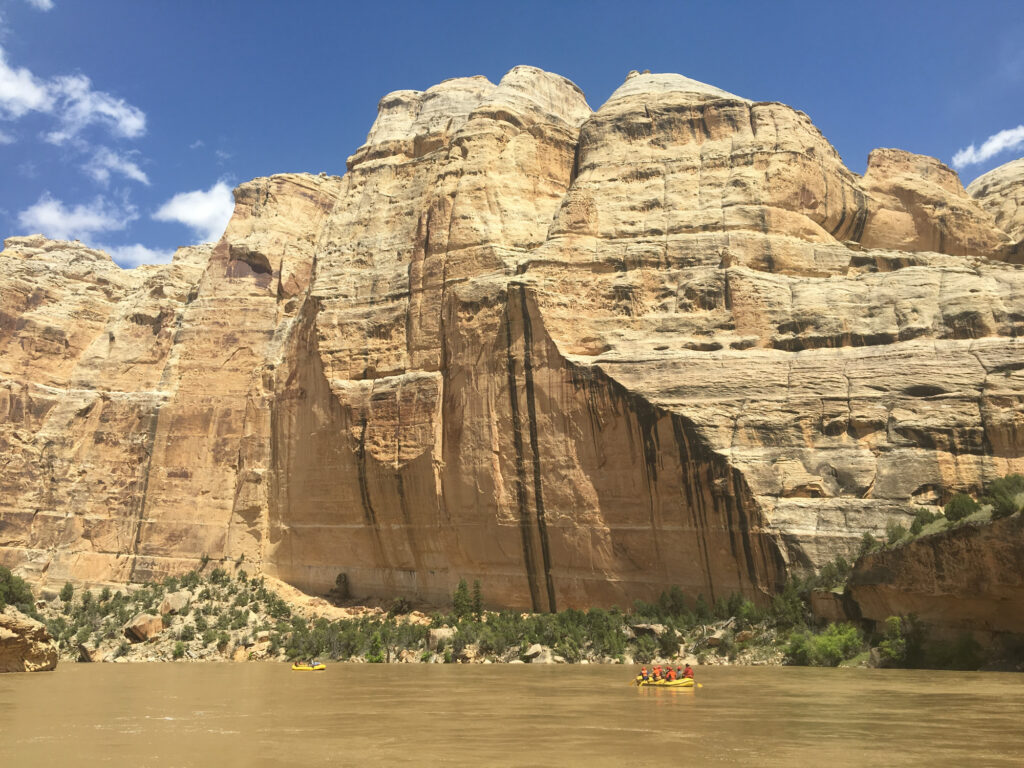
I have noticed a lot of chatter lately about the situation at Lake Mead. Dramatic overuse, prolonged drought, and the effects of increased temperatures have led to a historically low volume of water stored in the largest reservoir on the Colorado River. One of the most critical components of water in the west is less than 40% full. Yet while some people scramble for a quick fix or point fingers, others see the long game and note the optimism that working together for smart, sustainable solutions can bring. There is hope, there is a roadmap, and together we have the knowledge, skill, and foresight to make it happen.
The Discovery Channel recently produced a new documentary, Killing the Colorado, a made-for-TV version of the lengthy ProPublica series of the same name. The show is excellent, comprehensive, and features a number of voices that you may not expect to be featured in a film about the environment. Imperial valley agricultural producers, water managers, a red-state Senator and a blue-state Governor – all identifying problems facing the basin, and most putting forth an optimistic view that a human-caused predicament can be solved with human-inspired ingenuity.
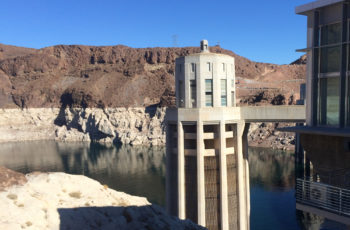
Structural pillar at Hoover Dam with Lake Mead’s ominous ‘bathtub ring’ in the background | Sinjin Eberle
One quote in particular is poignant – there is a scene with Colorado Governor John Hickenlooper in his office flipping through a binder full of historic water compacts. Upon his observance of the generations of water agreements, he remarks “The thing you realize when you go through these [water] compacts, is that everyone is in this together.” Given the situation facing Lake Mead, a growing chorus of voices around Lake Powell, the birth of the Colorado Water Plan, and a recognition that heathy rivers support healthy agriculture and sustainable economies, we truly are all rowing the same boat together in the Colorado Basin.
But, how can Lake Mead affect Colorado from a thousand miles downstream? Well, due to the Colorado River Compact of 1922, headwaters states like Colorado must send a certain amount of water to the Southwestern states of Arizona, Nevada, and California – it’s the law of the river, and the law of the land. And since when the Compact was developed, California was a fast growing destination, it has priority and can “call” for water if needed. For years, California has had the luxury to get much of the surplus of water that Colorado and Wyoming have sent downstream to be stored in Lake Powell and Lake Mead. But now with prolonged drought, a fast-growing population across the entire Southwest, and a substantial agricultural economy (especially in the Imperial Valley), the era of surplus water is over. As such, Lake Mead is directly connected to Colorado, whether we like it or not, and that connection is the Colorado River.
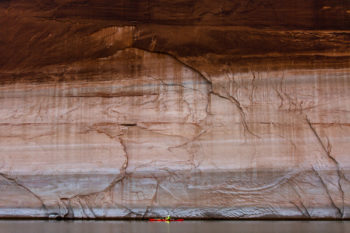
Lake Powell’s ‘bathtub ring’ hovers more than 50ft about paddler Sinjin Eberle, December 2015 | Forest Woodward
Killing the Colorado does a fantastic job over nearly an hour-and-a-half of highlighting a variety of colorful characters who have recognized that shortage and a lack of water will change everything in the future – that future is now. But while both the show and the written article are excellent at highlighting the situation, they don’t delve deeply into what I think is most important – that real solutions do exist, and we know how to implement them, it simply takes our collective will to get them moving. Solutions like urban and agricultural conservation and efficiency, like reuse and recycling, like innovative water banking and flexible management practices, like continuing the shift towards renewable energy (solar and wind don’t devour cooling water like natural gas and coal plants require). But while these efforts all seem daunting and out of an individual’s control, there are actions that each of us can take every day that together, make a huge difference. Like buying and installing your own rain barrel for your outside plants and flowers, like supporting your local farmer at the farmer’s market – small things that have a great impact, especially when we all do them together.
Solutions do exist, and as Arizona Senator Jeff Flake said “The drought over the past couple of years has awakened all of us to the future we have if we don’t do better planning. There are many things that are out of our control…Planning is so important. Conserving. Recharging. Water banking. Water markets. These are all important things that have to take place.”
Let’s get started!
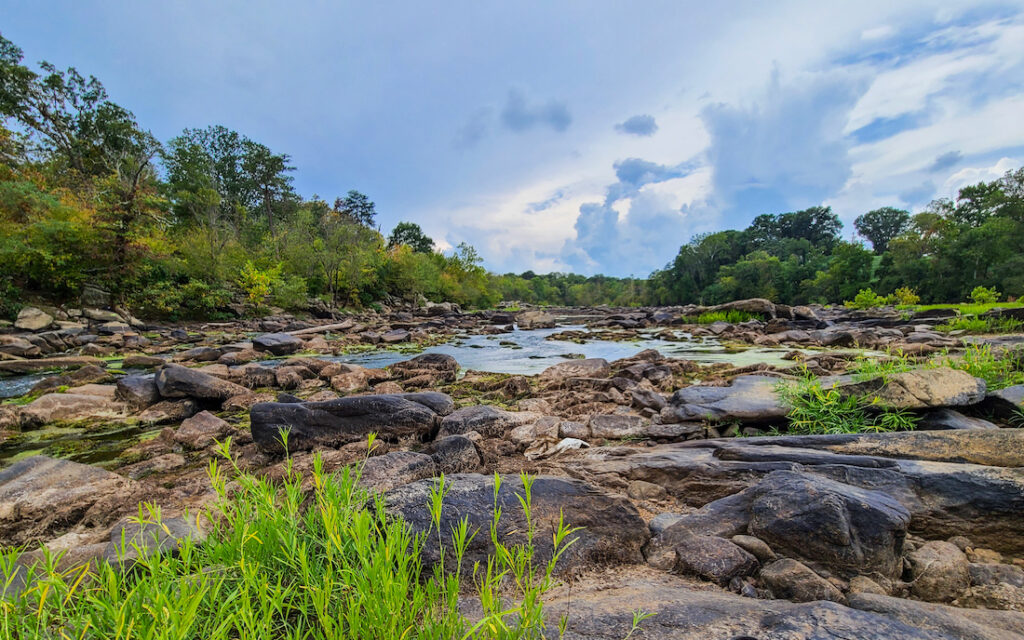

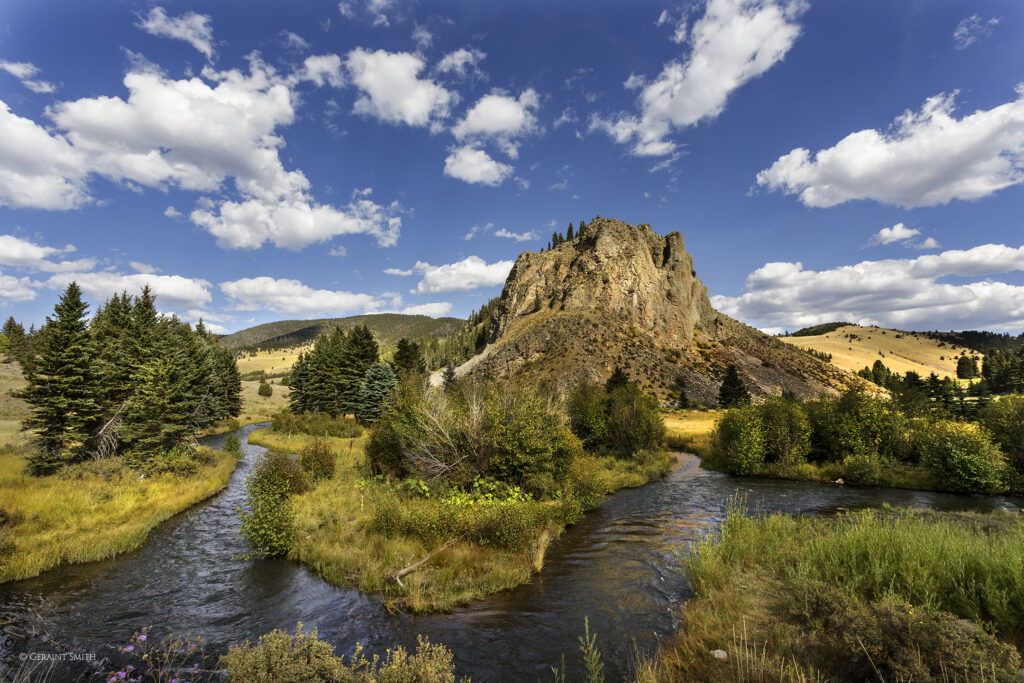
1 response to “Killing the Colorado Spotlights New Solutions”
[…] From American Rivers (Sinjin Eberle): […]